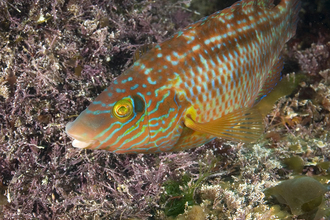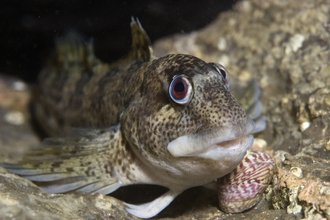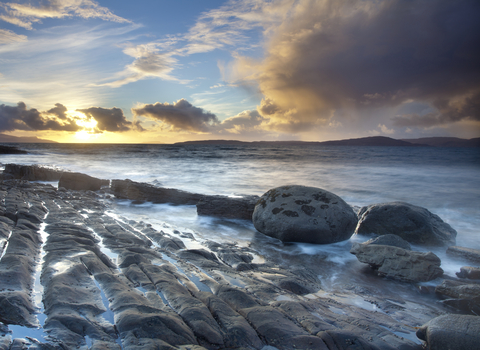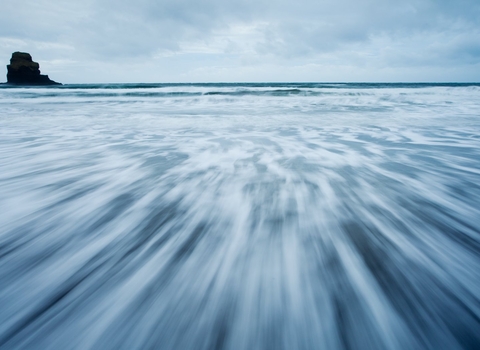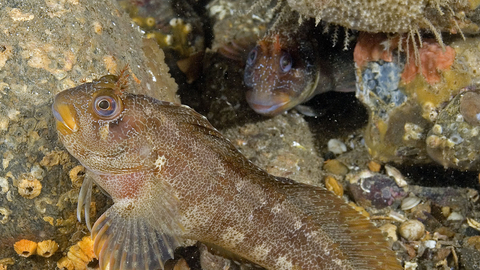
Tompot blenny ©Paul Naylor www.marinephoto.co,uk
Tompot blenny
Scientific name: Parablennius gattorugine
This clown-like fish is a favourite amongst divers and snorkellers. They are inquisitive little souls and will investigate divers near their hidey-hole homes.
Species information
Statistics
Length: up to 30cmConservation status
Common

